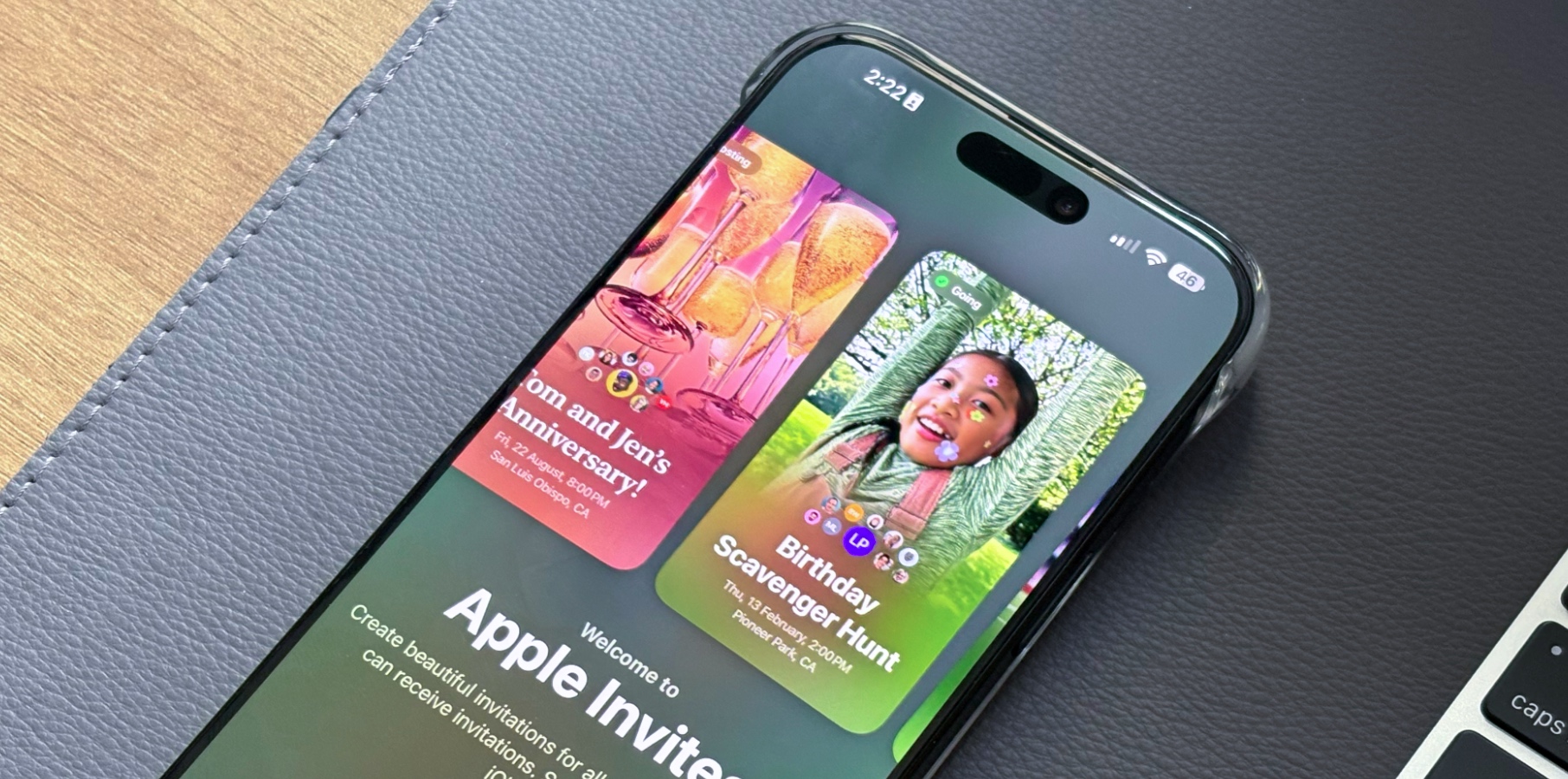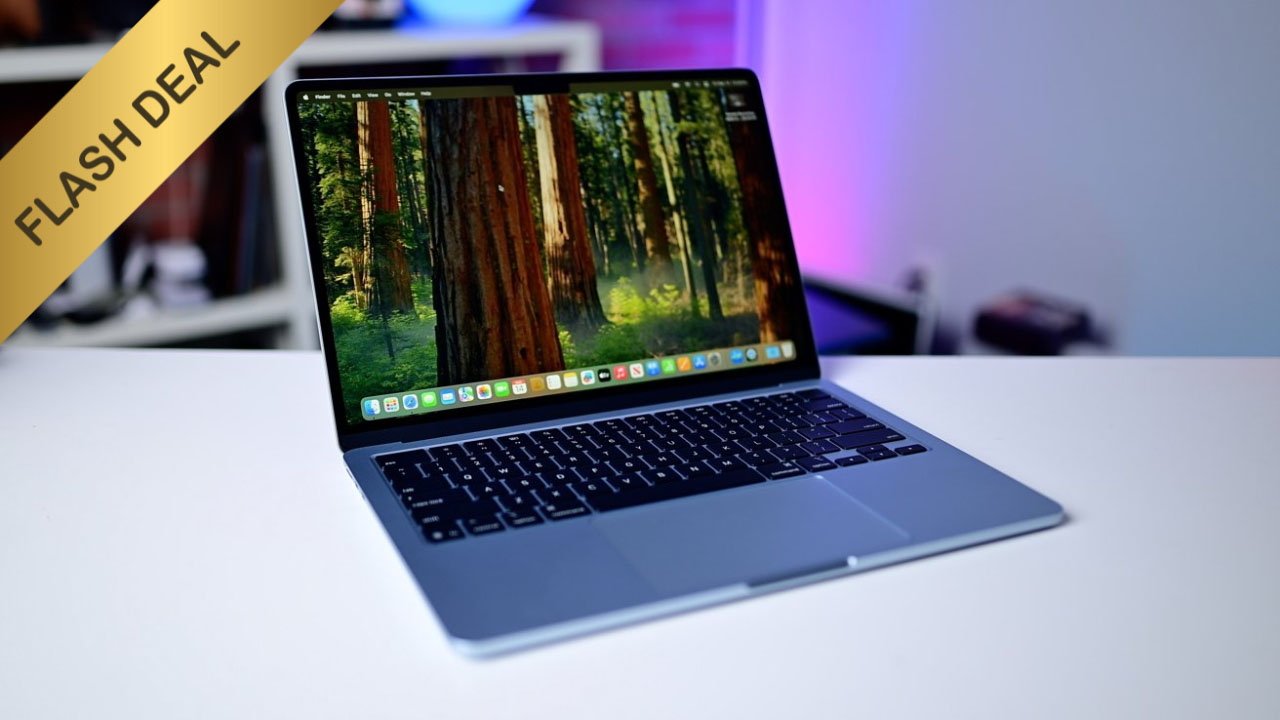For its first update in three years, Apple gives its base iPad model a small spec bump while keeping almost everything else—including its $349 price—unchanged. The processor jumps two generations from the A14 to the A16, but doesn’t go far enough to bring Apple Intelligence into the mix. Even without Apple’s AI tools, the 11-generation iPad is a capable tablet that handles common tasks like browsing the web, playing games, and streaming media better than anything else in its price range. For simple entertainment, you won’t find a more well-rounded option, making the iPad our Editors’ Choice winner for affordable tablets. However, students and creators will likely find the added capabilities of the iPad Air (starting at $599) to be worth the extra money, while professionals should look at the iPad Pro (starting at $999) for its advanced processing power.
Design: The Same Old
Apple has kept the design language of all its iPads virtually unchanged for the last few years and the 2025 iPad looks no different from the 2022 model. It comes in the same blue (pictured), pink, silver, or white color options and has the exact same measurements and weight of 9.79 by 7.07 by 0.28 inches (HWD) and 1.05 pounds. For comparison, the 11-inch iPad Air measures 9.74 by 7.02 by 0.24 inches and weighs 1.02 pounds, while the 11-inch iPad Pro measures 9.83 by 6.99 by 0.21 inches and weighs 0.98 pounds. Apple has more or less codified this set of dimensions for its 11-inch tablets.
(Credit: Eric Zeman)
It carries over the uniform wraparound-edge look. The chassis is made from aluminum, and a large glass panel fills the front. Apple hasn’t said what type of glass it uses for the screen. Flat side edges have become a design characteristic common to Apple devices, as has a flat rear panel with a reflective Apple logo. The small camera in the upper left corner is the only functional element on the back surface. Overall, the tablet is well-made and still looks current. However, it doesn’t have an IP rating, so keep it away from liquids.
(Credit: Eric Zeman)
A large button on the top short edge turns the screen on and off. It doubles as the Touch ID sensor for biometric authentication. The button has a distinct profile, so it’s easy to find. Enrolling your fingerprint is painless, and it works consistently to unlock the iPad. As with the iPad Air and the iPad mini ($499), I recommend training several of your fingers on the sensor for convenience. Though I’d like to see Apple’s Face ID security tool normalized across all iPads, I understand that it’s an expensive feature to add to this entry-level model. Two separate volume buttons are located on the nearby long edge. These have a lower profile and are harder to locate by feel but still work well.
Similar Products
(Credit: Eric Zeman)
The USB-C 2.0 port is centered on the bottom edge, and speaker holes are located on the two short edges. Apple has dropped the physical SIM card tray of the 2022 model for eSIM on the cellular-equipped version. Three pogo connectors on the bottom long edge support magnetic accessories.
(Credit: Eric Zeman)
This iPad’s closest Android competitor is the Samsung Galaxy Tab A9+, which starts at $219.99. It is made of plastic, measures 10.12 by 6.64 by 0.27 inches, and weighs 1.06 pounds. The most significant differences are that it has a microSD card slot and a 3.5mm headphone jack.
Display: A Basic Screen for a Basic Tablet
The only change to the new iPad’s display is the size: Apple bumps it from 10.9 inches to an even 11 inches. Otherwise, the screen carries over all the specs from the previous generation.
It has 2,360 by 1,640 pixels, a density of 264ppi, and a refresh rate of 60Hz. It’s an LED-backlit panel that pushes up to 500 nits of brightness. This resolution and brightness match the 11-inch iPad Air. The iPad also has a fingerprint-resistant oleophobic coating, sRGB color, and True Tone white balance correction. Like the outgoing model, the screen itself sits below the glass layer by a millimeter, which is common to lower-cost displays. It doesn’t have the iPad Air’s antireflective coating or lamination.
(Credit: Eric Zeman)
The resolution and brightness are good enough for web content, streaming media, and playing games from Apple Arcade. However, it suffers from glare when outdoors, even when you’re sitting in the shade. You may find yourself dialing the brightness up in response.
(Credit: Eric Zeman)
Performance: Two Steps Forward
Similar to the 2025 iPad Air, the 2025 iPad’s most significant upgrade is its processor. Where the Air graduated from an M2 to an M3, the standard iPad keeps things in check. It ditches the old model’s A14 Bionic processor in favor of Apple’s A16 chip. The A16 is hardly Apple’s latest, though: That would be the A18 Pro, which powers the iPhone 16 Pro and Pro Max.
The A16 has a five-core CPU with two performance cores and three efficiency cores, a four-core GPU, and a 16-core NPU, or Neural Engine. Apple doesn’t disclose the amount of memory in the iPad, but third-party apps tell us it has 6GB of RAM compared with the old model’s 4GB. Despite the new processor and upgraded RAM, the 2025 iPad cannot run Apple Intelligence. The pricier iPad Air and iPad mini can handle AI, so it seems like Apple Intelligence is partly an incentive to get you to spend more money.
In addition to the new chip, Apple has also expanded the number of storage options. The tablet comes with 128GB ($349), 256GB ($449), or 512GB ($649) of storage. The previous model only offered 64GB and 256GB variants.
(Credit: Geekbench/3DMark/PCMag)
I ran our usual battery of benchmarks. Starting with Geekbench 6, the 2025 iPad netted single- and multi-core scores of 2,479 and 4,352, respectively, while the 2022 iPad scored 1,573 and 4,097 on the same benchmark. On this same test, the Galaxy Tab A9+ scored 908 and 1,975.
The iPad ran the 3DMark Wild Life Extreme test at 2,599 frames but at just 15.6fps, which is more frames overall but at a slower rate than the 2022 model (35.6fps). On the Basemark Web 3.0 Safari test, the new iPad scored 1,388 compared with 978 on the 2022 model. Last, the iPad ran the GFXBench Aztec Ruins High-Tier test in 2,492 frames at 38.8fps, whereas the Tab A9+ pushed out fewer frames at 12fps.
The M3-powered iPad Air outscores the base iPad across the board. It recorded scores of 3,001 and 10,839 on Geekbench 6, 6,535 frames at an average of 39.1fps in 3DMark Wildlife Extreme, and 3,768 frames at 58.6fps in Aztec Ruins. Meanwhile, the iPad Pro, with a top-of-the-line M4 chip, did even better with scores of 3,679 and 14,647 on Geekbench 6, 51.5fps for 3DMark, and 60fps for GFXBench.
In terms of general use, the iPad still has more power than most people will need. It runs every preinstalled app, including creator apps like GarageBand and iMovie, without hesitation. The only performance issue I noticed is that it is markedly slower than the iPad Air and iPad Pro to download and install system updates, but I think that makes sense, given the latter two model’s more powerful chips. Few similarly priced Android tablets run this smoothly.
Battery Life: A Moderate Increase
Apple doesn’t shake things up with respect to battery life. The company says the iPad can run for about 10 hours over Wi-Fi or about 9 hours over cellular. In real-world usage, those numbers are about right. I didn’t have any trouble browsing the web or watching videos over the course of a full day.
Get Our Best Stories!

Weekly Apple Brief
By clicking Sign Me Up, you confirm you are 16+ and agree to our Terms of Use and Privacy Policy.
Thanks for signing up!
Your subscription has been confirmed. Keep an eye on your inbox!
(Credit: Eric Zeman)
We test battery life by streaming video over Wi-Fi with the screen brightness set all the way up. The 2022 iPad ran for 5 hours and 59 minutes in this test. Thankfully, the efficiencies of the A16 chip (and probably Apple’s software) helped the 2025 model run a bit longer at 6 hours and 43 minutes. This is a nice improvement, though short of Apple’s 10-hour estimate. That said, this test is far more intensive than most real-world usage, so you should probably be able to get a full day’s worth of power out of the iPad without issue.
Apple includes a high-quality USB-C-to-USB-C cable and a 20W charging brick in the box. The iPad takes a little under two hours to recharge from 0%.
Connectivity: Strong Wi-Fi Performance
The iPad’s radio suite remains mostly unchanged and the same as its peers. It supports Wi-Fi 6, Bluetooth 5.3, sub-6GHz 5G, gigabit LTE, and GPS. The only update here is a small bump in Bluetooth from 5.2 to 5.3. The new iPad Air, meanwhile, has the more recent Wi-Fi 6E spec.
(Credit: Eric Zeman)
When near my Wi-Fi hotspot, the iPad reached 845Mbps down and 322Mbps up. It did well at the edge of my Wi-Fi network, too, reaching 167Mbps down and 77Mbps up. An iPad Air tested in the same spots delivered comparable results.
The Bluetooth radio connects to accessories like wireless headphones with ease.
Audio: Fine for Personal Entertainment
With speakers on each short edge, you get stereo sound when you hold the iPad in landscape orientation. Whether you’re listening to the latest pop hits or catching up on your favorite TV show, the speakers do a fine job of reproducing audio. They are plenty loud enough (91dB) to fill a small room with sound.
(Credit: Eric Zeman)
That said, the speakers had a little trouble handling all the bass notes of our test track, The Knife’s “Silent Shout,” as well as providing all the thunder you might want from explosions. But that’s not a surprise for a tablet.
Cameras: FaceTime First
The 2025 iPad shares its camera hardware and features with the new iPad Air. It has a simple 12MP camera on the rear with an aperture of f/1.8, digital zoom up to 5x, and support for Apple’s Smart HDR 4 processing. The Center Stage camera is centered on the long front edge of the device in between the display and the aluminum framing. It has a 12MP sensor and an f/2.0 lens with support for 2x digital zoom, and Smart HDR 4.
(Credit: Eric Zeman)
Both of these cameras work well and take very good photos any time the sun is up. In the outdoor samples below, you can see sharp focus, accurate color, and good clarity. The quality degrades a bit after the sun goes down. In particular, you’ll see a lot more grain. FaceTime videos have significant amounts of grain in poor lighting, but to be fair, the iPad easily outperforms other cheap tablets here.
Main camera (Credit: Eric Zeman)
The rear camera can capture video at resolutions up to 4K and frame rates up to 60fps. It offers extended dynamic range and can capture slow-motion and time-lapse video. The front-facing camera is limited to 1080p video, but it includes some stabilization to keep things steady.
Selfie camera (Credit: Eric Zeman)
The footage is better than what you’ll get from any other tablet at or below this price range. It’s clear, colorful, and easily turned into shareable social media posts with software that’s already on the iPad.
Software: iPadOS 18 Sans Apple Intelligence
Nearly all of Apple’s newer tablets and iPhones run Apple Intelligence, but the 2025 iPad is one of the few new products that cannot, even though it packs the same iPadOS 18 software. Apple Intelligence includes features like Writing Tools to edit your prose, Apple Photos capabilities such as removing objects from the background, and an improved Siri that understands contextual details better.
(Credit: Apple/PCMag)
iPadOS 18 is a solid platform that runs well on the iPad. I like that it allows you to personalize the home screens with adjustable colors and widgets. Apple provides OS and security updates to its tablets for four or five years, meaning the iPad should last you a long time.
If you’re looking to use accessories, the iPad is compatible with the first-generation Apple Pencil and the Apple Pencil (USB-C), the same as the 2022 model. It also supports the same set of Apple Pencil features, such as low latency response and tilt recognition. The story is the same for keyboard support. It is compatible with the Apple Magic Keyboard Portfolio.
Verdict: Your Best Bet for a Low-Cost Tablet
The base iPad for 2025 isn’t Apple’s most powerful tablet, but it’s the one most people should buy. The 11th-generation iPad is a well-made piece of hardware that has a good screen, solid performance, ample battery life, and better cameras than most other similar slates. While we wish Apple had taken things a little further across the board, the iPad’s upgraded A16 chip gives it a modern engine to power most tablet necessities, such as browsing the web, playing games, and watching videos. For these reasons, and its $349 price, the iPad is our Editors’ Choice for affordable tablets. Students and creators should think about upgrading to the iPad Air for its better screen, increased processing power, and Apple Intelligence, while serious professionals should consider the iPad Pro for its class-leading performance.
Apple iPad (11th Gen, 2025)
Cons
The Bottom Line
The base iPad for 2025 has little to set it apart from the 2022 model, but a new processor gives it just enough of a boost to remain Apple’s best tablet for most people.
About Eric Zeman
Managing Editor, Consumer Electronics




























